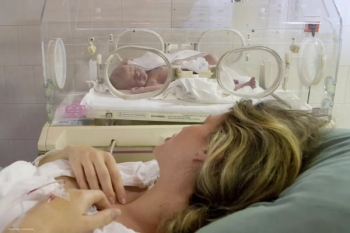
Same-session KERARINGS and CXL procedure is effective
Combined use of intracorneal ring segments (KERARINGS) and corneal collagen cross-linking (CXL) in a single session is more effective than performing the procedure in two sessions
A recent study, published in the British Journal of Ophthalmology, has proved that the combined use of intracorneal ring segments (KERARINGS) and corneal collagen cross-linking (CXL) in a single session is more effective than performing the procedure in two sessions.
Professor Tamer M El-Raggal, Magrabi Eye Hospital, Cairo, Egypt, conducted the prospective, comparative study in 16 eyes of 10 patients with progressive mild to moderate keratoconus.
The patients were randomly split into two groups. In the first group, 9 eyes underwent KERARINGS insertion, then CXL 6 months later. The second group involved seven eyes that received both procedures on the same day. A femtosecond laser (Intralase FS 60) was used for channel creation.
Both groups saw a significant improvement in uncorrected distance visual acuity (UDVA) and corrected distance visual acuity (CDVA). But same day combination treatment group experienced a more statistically significant decrease in keratometric values.
It was found that both KERARINGS and CXL can be carried out safely in one or two sessions. However, the single-session procedure proved more efficient and successful in improving the corneal shape.
Newsletter
Get the essential updates shaping the future of pharma manufacturing and compliance—subscribe today to Pharmaceutical Technology and never miss a breakthrough.













































